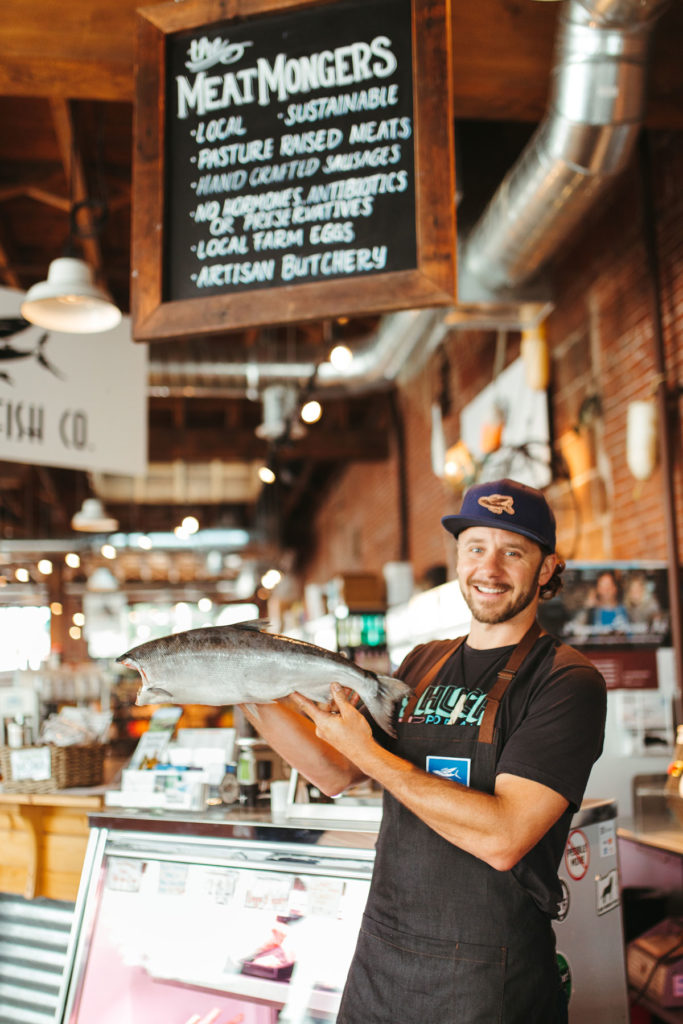
Flying Fish Co. was originally launched by Lyf’s father located in Downtown Sandpoint. Lyf Gildersleeve has taken The Flying Fish Company to the next level with a new dine-in location in Portland, Oregon.
From Lyf’s plans for the company to his tips for finding the best quality seafood (and even a recipe that’s perfect for New Year’s), we’re thrilled to share his insight into his personal fundamental values that continue to make an impact on a large scale. (No pun intended!)
The Kickback:
Lyf, tell us about how The Flying Fish Company got started.
My family started The Flying Fish Co the year before I was born. My dad was a flight instructor who knew there was no fresh fish locally and would pick up fresh fish in Seattle and bring it back to Sandpoint, where he would sell it. I truly grew up around the market, learning the ins and outs of packaging to keep the freshness and helping customers left and right as the business and I grew.
What made you decide to carry on that legacy and build it into what it is today?
Growing up as a kid, truly I didn’t think that I would become a fishmonger. While in high school, I got the opportunity to be a foreign exchange student in Ecuador. My host family owned a shrimp farm and, while living with them, I found that I had piqued interest and took my studies to the Oceanographic Institute.
After graduating, I ski bummed in Utah for a bit, then turned my attention to high end real estate. When the recession hit, I came back to what I knew and pivoted. I secured a low volume loan and set up shop. I got an easy-up tent, scale, and coolers, and started selling. I educated myself along the way and refined what I knew to evolve the customer’s experience.

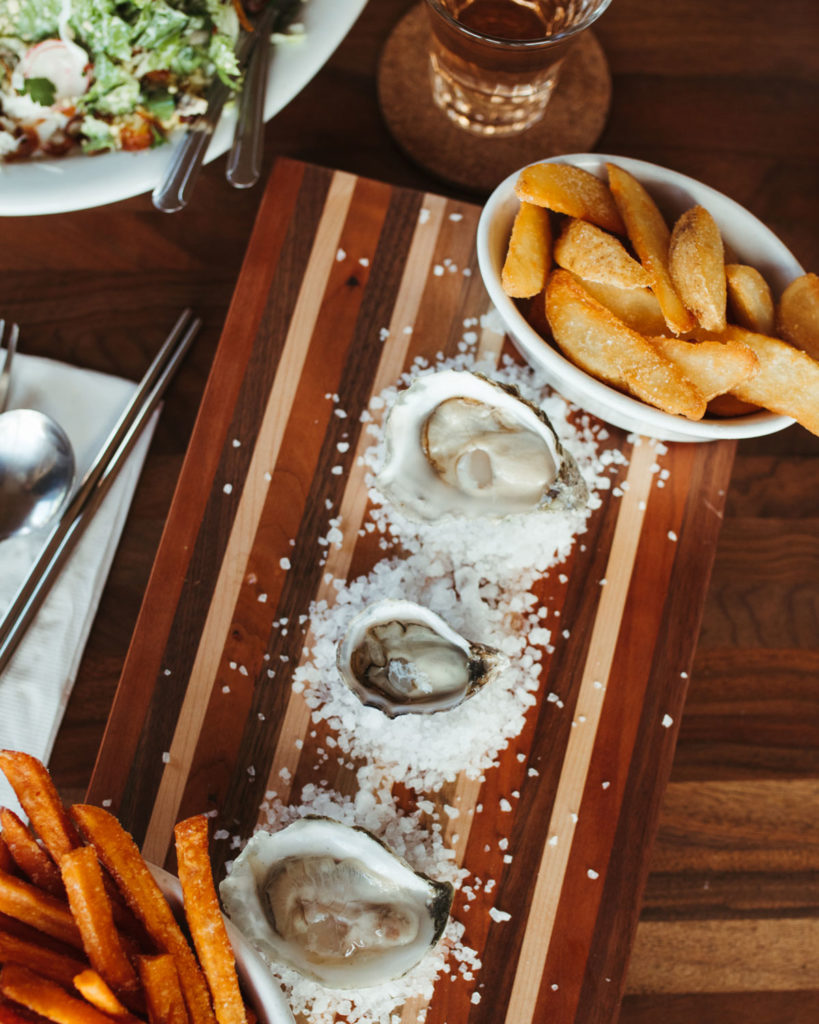
What continues to drive you, and where do you see The Flying Fish Co. PDX in the future?
Truly the underlying drive for me, with my own branch, was to create a job for myself. As time has gone on, things have changed in our environment with the impact that humans have on our planet, and sustainability is a big driver of the boat and my attention now.
I pride myself on ingredients that do not negatively impact the planet, and I enjoy educating customers. I utilize the media, Washington D.C., and many other sources to spread awareness on sustainability and which species to eat, etc. While this started as a job 12 years ago, now its all about change and sustainability and how to get this education out there.
What are some of the fundamental values that sets you apart from other places out there?
I truly do a lot of things differently than other fish markets, grocery stores, etc. Sourcing is a leading factor of being successful in recipes and as a fishmonger. Ensuring I am selling stringent species that are not being farm raised or overfished is a way that I differentiate myself.
I pride myself on selling seasonal species of fish as well. Think of a farmers market—when it is gone, it’s gone. For me, I too want to encourage that the case is all fresh seafood that is in season now. We also ensure that if something is flash frozen that we do not defrost the products. Frozen is still great, but personally I don’t speak to that as fresh though.
Lastly, we merchandise our cases very differently than other restaurants, grocery stores, and fish markets. Have you ever seen the fish lying on a bed of ice at the grocery store? Well, think about the open air all over these fillets that are deteriorating at a faster rate than anything else. We vacuum seal all fresh fish so it’s not sitting in open air and preserves its quality.
You work with a lot of vendors. Who would you like to recommend to new fonsumers out there trying to supply their families with sustainable fish options for this New Year and years to come?
I think that one of the cool things about the pandemic is that the CSF Model Community supported fisheries. The consumer is engaging more, so they are able to get more. I recommend looking up Alaska Direct Seafood. You can get a 20lb box of fish and beef throughout wintertime. They directly support the fisherman people and cut out the middleman to retain ownership and sell their own goods. That way, you get a better deal as the consumer and the fisherman are able to prosper. Taylor Shell Fish and Hama Hama are other good options.
New commerce channels are changing our impact and our consumer knowledge. When we get away from the big box stores this way, we can give more love and attention to the people producing the item. Cost might be higher, but this a better model to our earth and a more self-reliant system.
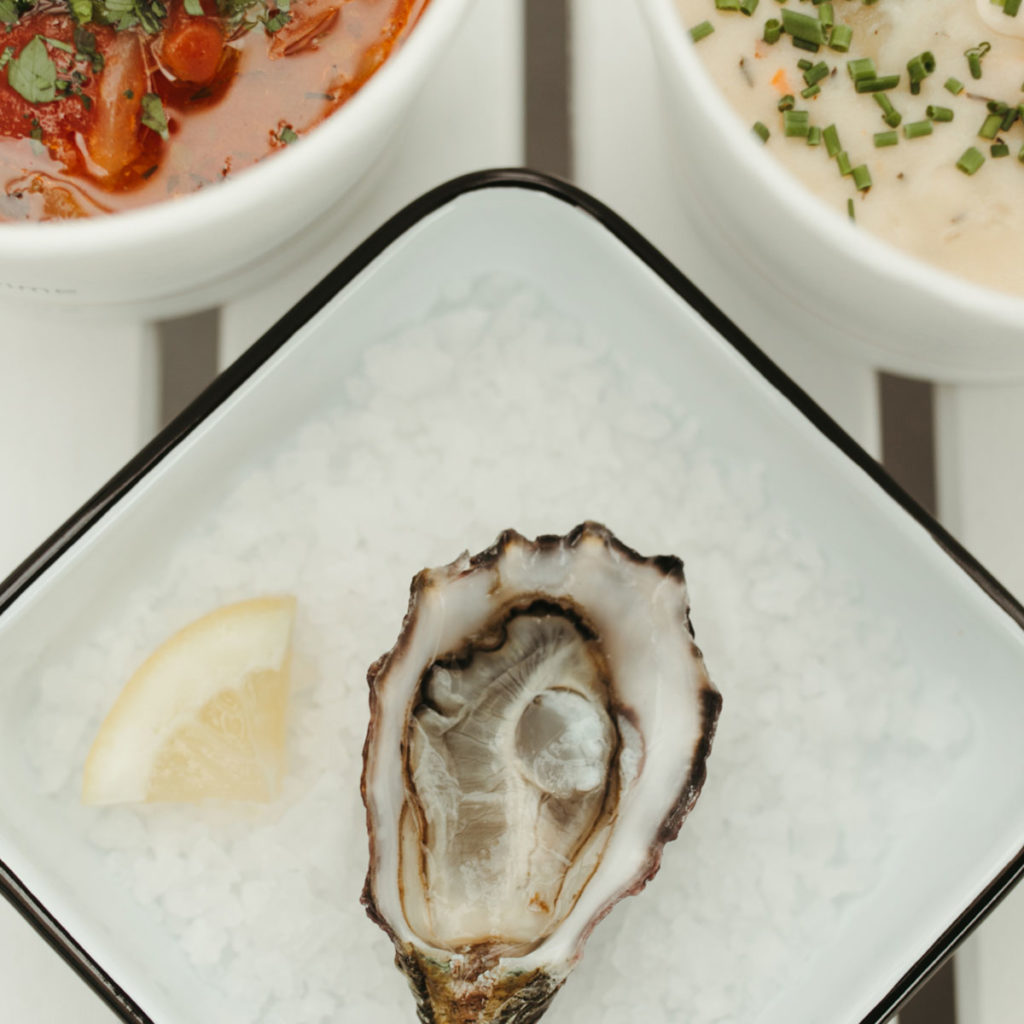
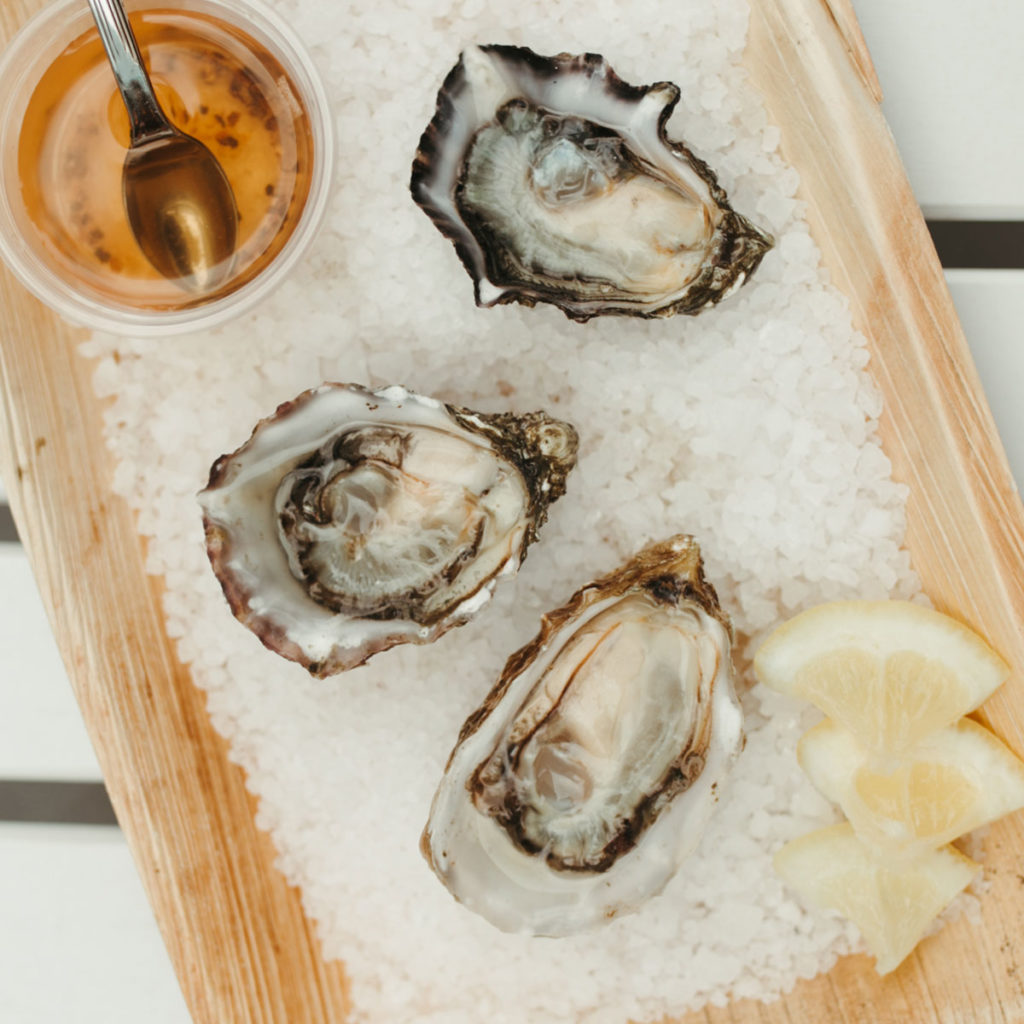
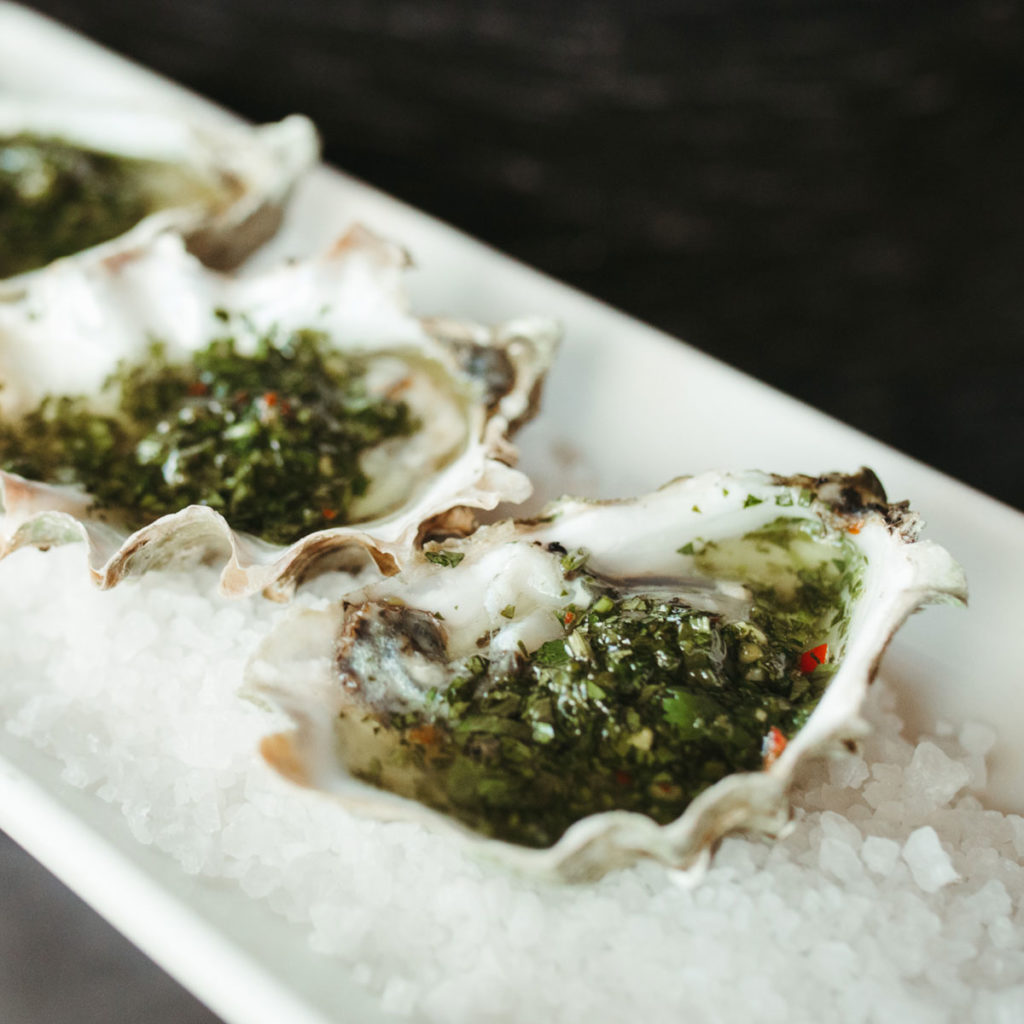
What are some things that the average consumer might not know about getting their fish from the supermarket? What should we be asking or looking for?
Number one factor: Where is the fish coming from? In the United States, 90% of seafood we consume is imported from international or abroad.
We have a lot of production in the states! Lots of seafood is exported overseas because they value and are willing to pay more for the way that these are produced. When you shop, ask where it’s coming from and be mindful of ingredients.
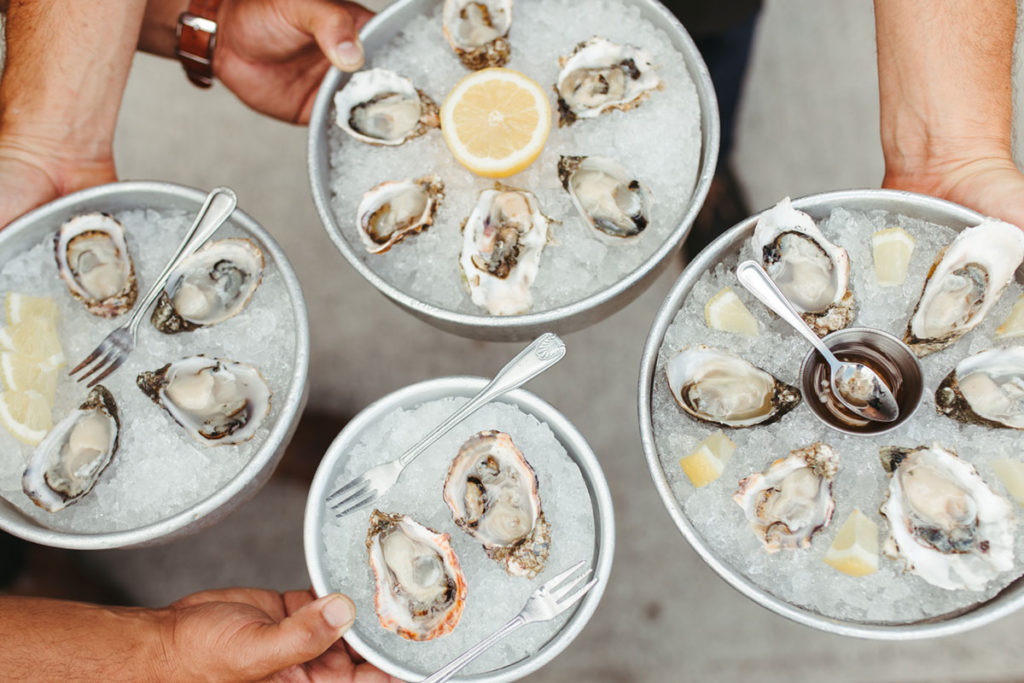
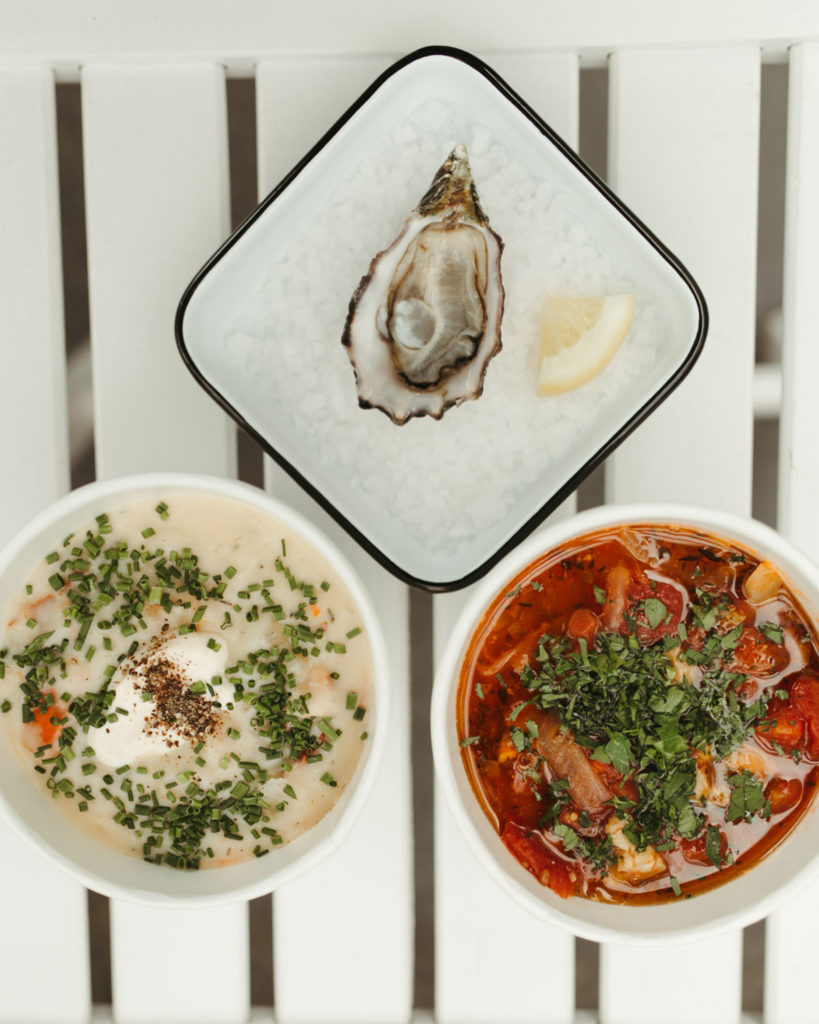
OYSTER ON THE HALF SHELL TIP: “I like my oysters on the half shell with just a couple drops of fresh squeezed lemon and a 1/2 teaspoon of Mignonette. Some people like cocktail sauce, hot sauce or horseradish. Sometimes those other things cover up the briny fresh ocean flavor of a fresh oyster, so I prefer minimal condiments.
My Mignonette consists of:
- Champagne vinegar (but any vinegar could do)
- Shallot
- Black pepper
- For wine pairing it’s best to go with white wine.
- Bubbles are always fun, but a Melon de Burgone, Txolina , or any other dry & crisp white wine will pair well.”
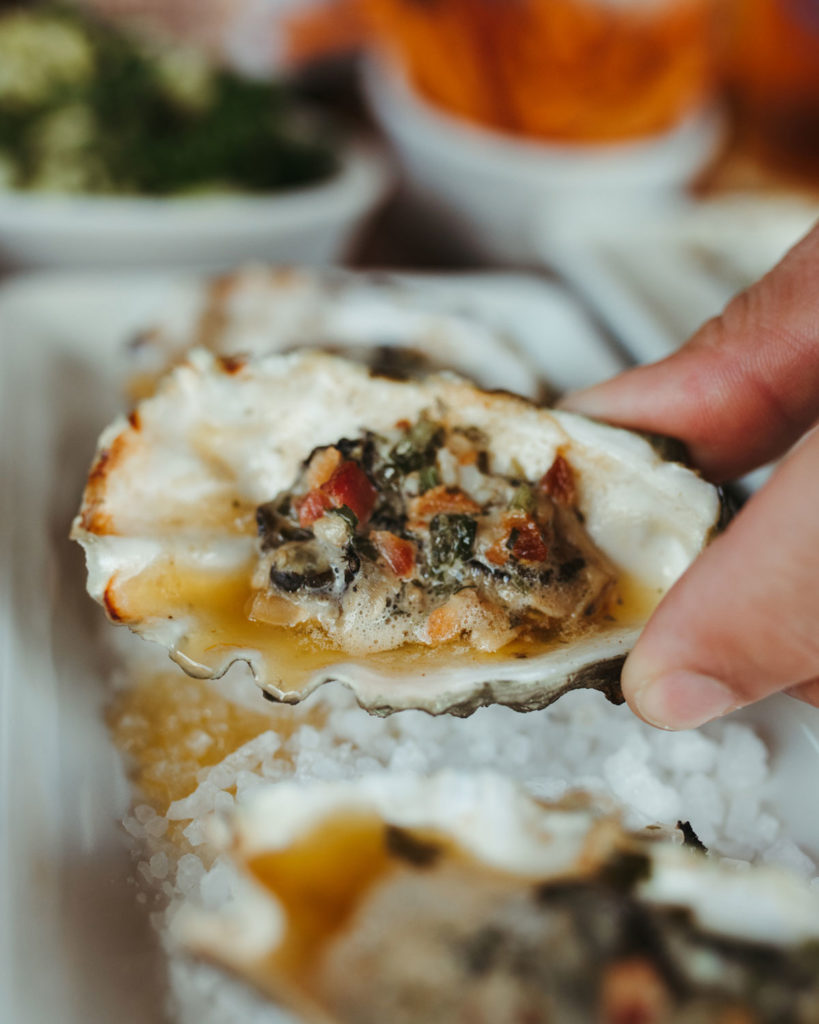

If you are looking for a yummy salad to pair with this, be sure to check out our Beet Salad!
As a Sandpoint-based business, we love seeing other local companies find success. That’s why we decided to sit down with a homegrown legend making waves in the fish mongering community.
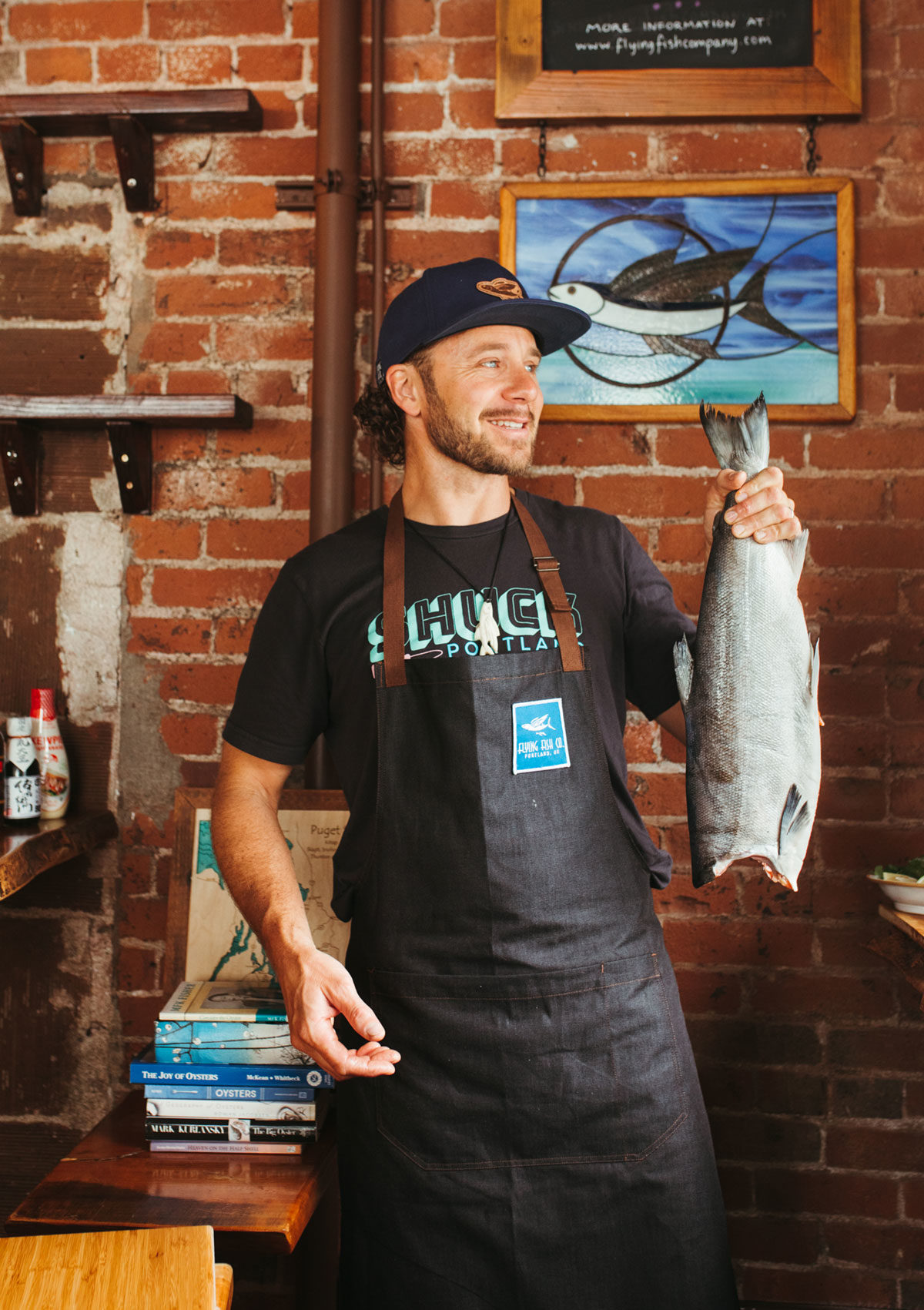
[…] Thunders Catch Salmon – We love a good local vendor and this is the best salmon in town! Refer… […]